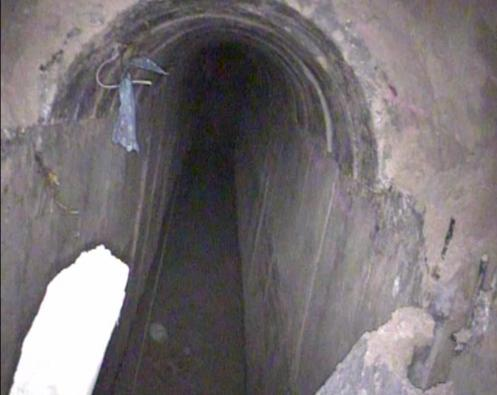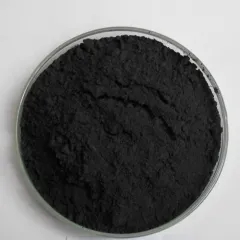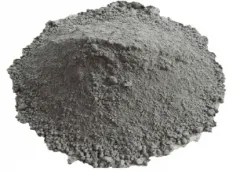On December 4, the US media revealed that to combat the underground tunnel system of the “Hamas” organization in the Gaza Strip, Israel is preparing to use large water pumps to pump out seawater and flood the underground tunnels. On the 12th, CNN stated that Israeli officials informed the United States that they had begun “cautious testing” of “flooding some tunnels in Gaza with seawater on a limited basis.” During this process, some media reported that videos of some “Hamas” armed personnel surrendering were circulated on social media. There is also news that it may be related to the “seawater flooding of tunnels” operation.
Israel has not announced the specific details of the “sea-water-flooded tunnel” plan, but this approach has still attracted widespread attention from the international community. So, why does this approach cause controversy, and what problems does it bring?
What are the consequences of “sea water flooding tunnels”?
Regarding the “seawater flooded tunnel” plan, the focus of debate is mainly on two aspects:
On the one hand, no one is sure whether “seawater flooding” can destroy the tunnel, and this method may endanger the lives of the hostages in the tunnel.
On the other hand, directly pouring large amounts of seawater into the ground may cause a series of secondary disasters, harm the ecological environment, destroy urban buildings, and endanger the lives and property of innocent civilians.
That’s why Israel’s plans are so controversial.
So, is filling a large amount of seawater into the tunnel effective? What impact will it bring? Let’s talk about it in detail next.
What is the effect of seawater flooding the tunnel?
Previously, the Israeli military’s main method of dealing with these underground tunnels was blasting.
But the underground tunnels in the Gaza Strip are too complex. The currently known length of the tunnel is about 480 kilometers. According to the current method, the effect of blasting section by section is limited, and fighting may occur during the blasting process, causing casualties to the Israeli military. Therefore, the Israeli military came up with the tactic of pumping seawater to flood underground tunnels.
Theoretically, pouring a large amount of seawater into the tunnel is a feasible way to drive out the people hiding in the tunnel. In addition, the tunnels in Gaza were not designed and constructed according to flooding scenarios. There are many gaps in the concrete walls of the tunnels. Once seawater seeps through the gaps may cause the tunnels to collapse. Seawater can also corrode authentic concrete walls, making them more fragile and vulnerable to damage.

(The authentic concrete walls have numerous gaps in the middle. Image source: Wikipedia)

(Situation inside the tunnel. Image source: Wikipedia)
Although it seems feasible, according to sources in the Times of Israel, Israel does not know the details of the tunnel, how the injected seawater will eventually flow, or the permeability of the soil around the tunnel. In other words, Israel is not yet sure whether the seawater can completely submerge the tunnel and whether it is enough to cause the tunnel to collapse.
Moreover, there are currently 137 hostages in the tunnel, including 17 women and children. Taking this action unthinkingly may threaten the lives of the hostages in the tunnel.
The effects are unknown and may have catastrophic consequences
Israel’s “flooding plan” is still in progress, and its final effect is still unknown, but pouring large amounts of seawater into the ground may cause a series of potential risks.

Threaten the safety of urban buildings
Israel cannot determine where the injected seawater will eventually flow and how much seawater will penetrate the soil. If a large amount of seawater penetrates the foundation of the building around the tunnel and stays here for a long time, it may corrode the foundation and, in severe cases, cause the house to collapse.
One of the important reasons why seawater can accelerate the corrosion of reinforced concrete is that it contains a large amount of chloride ions. Chloride ions can penetrate into the interior of ordinary concrete to a depth of several centimeters in just half a year, destroying the passivation film on the steel bars’ surface and leaving it in a corrosive environment. At the same time, chloride ions can also accelerate the electrochemical corrosion process of steel bars.
In addition, the sulfates in seawater will react directly with Portland cement to form tiny crystals of ettringite and gypsum. The formation of these crystals increases the volume and causes the cement to expand, causing the structure to crack, peel and lose strength.
Considering that the foundations of most buildings on the land are not specially treated to “anti-seawater corrosion,” under seawater erosion, the foundations of nearby buildings will become more fragile and even cause building collapse accidents.
In June 2021, an apartment building collapsed in Florida, resulting in a tragedy of 98 deaths and 11 injuries. A very important reason for the collapse of the building was the penetration of salt water into the foundation and pillars.
Special sulfate-resistant cement is used for buildings that need to be built into seawater environments, and the concrete is treated with special treatments, such as anti-corrosion coatings.

Sodium silicate can effectively prevent chloride ion erosion.
In many countries with abundant seawater resources, many industries use seawater as supplementary water or recycled water. However, the high concentration of chloride ions in seawater is a critical issue that needs to be addressed. Directly using untreated seawater as supplementary water or circulating water will cause equipment corrosion, shorten the service life of the equipment, and increase maintenance costs. Sodium silicate can effectively prevent chloride ion erosion so that the seawater environment can be directly used as supplementary water or circulating water systems containing high chloride ions. This is because sodium silicate can react with chloride ions to form insoluble silicates, thereby removing chloride ions from the water. In addition, sodium silicate can form a protective film on the metal surface to enhance the corrosion resistance of the equipment further.
Supplier of Sodium Silicate
TRUNNANO is a supplier of sodium silicate with over 12 years experience in HPMC, It accepts payment via Credit Card, T/T, West Union and Paypal. Trunnano will ship the goods to customers overseas through FedEx, DHL, by air, or by sea. If you are looking for high-quality sodium silicate, please feel free to contact us and send an inquiry.










